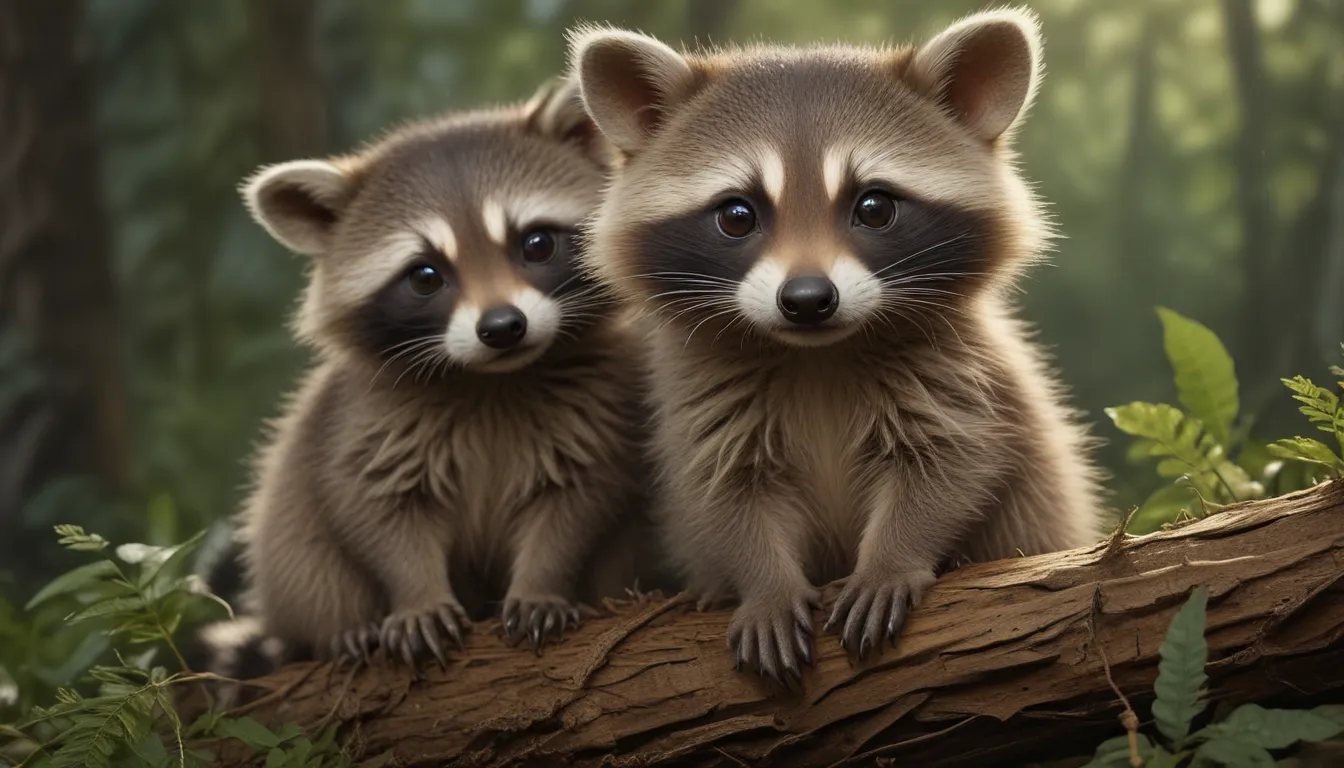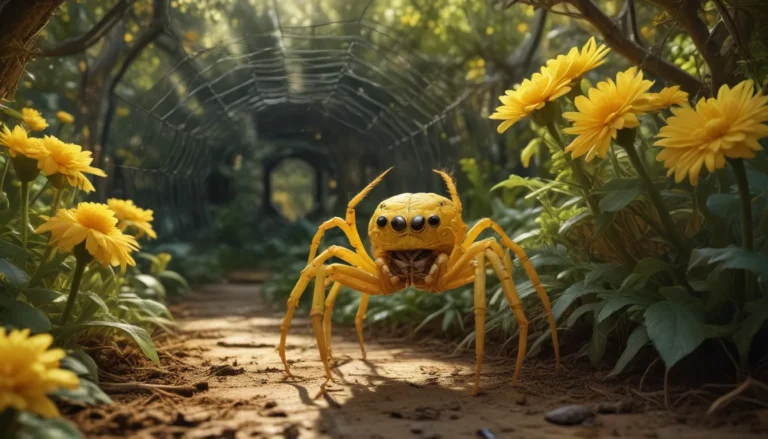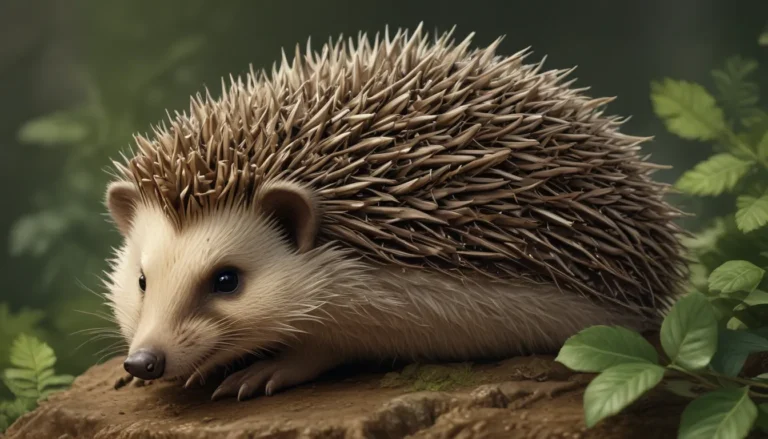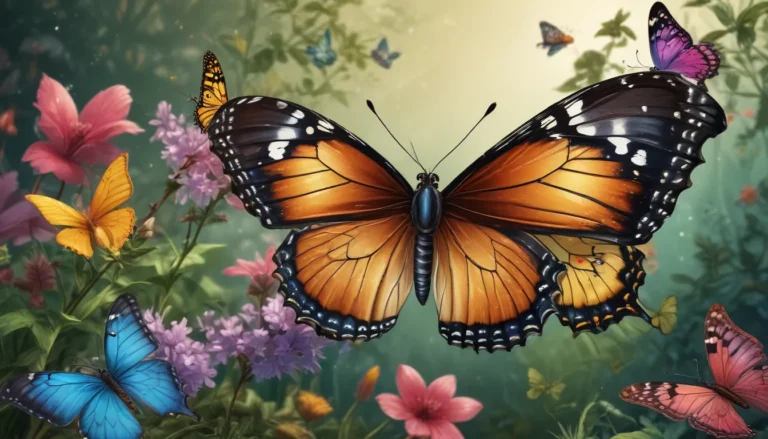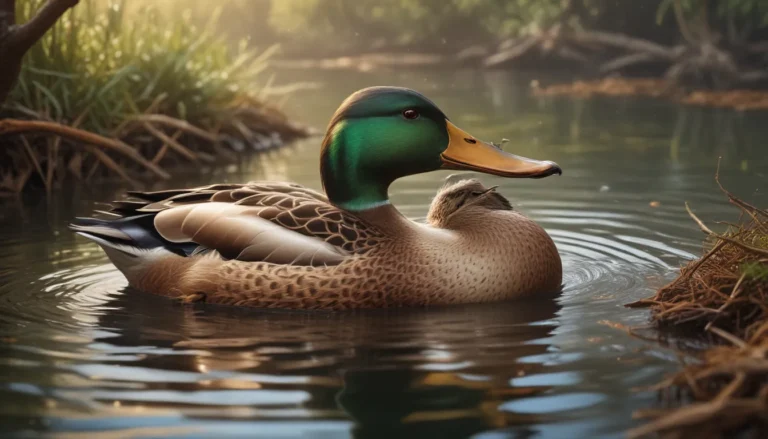The pictures we use in our articles might not show exactly what the words say. We choose these pictures to make you interested in reading more. The pictures work together with the words but don’t take their place. The words still tell you the important facts.
Welcome to the enchanting world of baby raccoons, also known as kits, where cuteness meets curiosity. These delightful creatures, native to North America, belong to the Procyonidae family and never fail to capture our hearts with their mischievous antics and unique characteristics. Join us as we delve into 10 fascinating facts about baby raccoons, shedding light on their behavior, development, and the magic they bring to our natural world.
Baby Raccoons: Adorable Appearance and Unique Markings
When it comes to cuteness overload, baby raccoons are in a league of their own. These furry little mammals boast soft fur that is predominantly dark gray, accentuated by a striking facial mask of black fur around their eyes. This distinctive mask not only adds to their charm but also serves as a natural camouflage, aiding them in blending seamlessly into their surroundings. At birth, baby raccoons are incredibly small, weighing just a few ounces, and as they grow, they reach an average size of 2 to 3 feet in length, including their iconic ringed tails.
Baby Raccoons: Born Explorers
From the moment they open their eyes, baby raccoons exhibit a natural curiosity and sense of wonder about the world around them. With an innate urge to explore, these kits accompany their mother on nightly escapades in search of food, absorbing valuable lessons in hunting techniques and survival skills along the way. These early adventures contribute to their development and shape their understanding of the environment they inhabit.
Baby Raccoons: Omnivorous Appetites
While baby raccoons start their lives relying solely on their mother's milk, they gradually transition to a diverse diet as they grow older. These omnivorous creatures consume a wide array of food, including fruits, nuts, insects, small mammals, eggs, and even human garbage if available. This versatility in diet equips them to thrive in various habitats, from lush forests to bustling urban areas, making them adaptable beings in the animal kingdom.
Baby Raccoons: Social Bonding and Playful Nature
Gregarious by nature, baby raccoons form strong bonds within their family units, engaging in playful interactions with their siblings. These playful sessions involve climbing trees, wrestling, and engaging in mock fights, allowing the kits to develop essential social skills and strengthen familial relationships. Through these interactions, baby raccoons hone their physical abilities and coordination, setting the stage for their growth and development.
Baby Raccoons: Early Motor Skills Development
As baby raccoons progress through their early stages of life, they display remarkable motor skills that are both impressive and essential for their survival. Gifted with dexterity and coordination, even from a young age, they master the art of climbing trees and navigating their surroundings with ease. Armed with sharp claws on their front paws, baby raccoons use these efficient tools to grip tree branches and conquer heights that challenge other animals, showcasing their agility and adaptability in the wild.
Baby Raccoons: Vocal Communication
Though not renowned for their vocal prowess, baby raccoons communicate through a range of vocalizations that convey their needs, emotions, and connections within the den. From purring and chittering to whining and a distinct high-pitched cry, these vocal cues facilitate communication with their mother and siblings, fostering bonds and ensuring cohesion within the raccoon family unit.
Baby Raccoons: Adaptability to Urban Environments
One of the most remarkable traits of baby raccoons is their remarkable adaptability to urban landscapes. Amidst the expanding cities that encroach upon natural habitats, baby raccoons have displayed a knack for thriving in urban environments. By seeking shelter in attics, garages, and crawl spaces, they make use of human-made structures as substitute dens, showcasing their resourcefulness and resilience in adapting to the changing world around them.
Baby Raccoons: Intelligent Problem Solvers
Clever and resourceful, baby raccoons are adept problem solvers who exhibit innovative behavior when faced with challenges. From opening latches to untangling themselves from traps and accessing hard-to-reach food sources, these kits employ their nimble paws, sharp claws, and insatiable curiosity to explore various strategies until they find solutions. Their problem-solving skills demonstrate their intelligence and adaptability as they navigate the complexities of their environment.
Baby Raccoons: Development and Maturation
The journey of baby raccoons from birth to maturity is a captivating process filled with growth and discovery. After a gestation period of approximately 63 days, the female raccoon gives birth to a litter of kits, usually ranging from 2 to 5 individuals. Blind, deaf, and entirely dependent on their mother for care, these baby raccoons gradually open their eyes and begin exploring the world around them. By 16 weeks of age, they become fully weaned and embark on independent adventures as they transition into adulthood.
Baby Raccoons: Conservation and Protection
While baby raccoons thrive in many areas, they face threats that impact their populations and well-being. Loss of natural habitats, encounters with vehicles, and diseases are among the challenges they encounter in their environment. To safeguard these enchanting creatures, it is essential to protect their natural habitats, refrain from feeding them intentionally or inadvertently, and resist the temptation to keep them as pets. By respecting raccoons from a distance, we can contribute to their conservation efforts and ensure their continued presence in our ecosystem.
Conclusion
In the realm of baby raccoons, where cuteness meets curiosity, these delightful creatures continue to enchant and inspire us with their endearing qualities and remarkable abilities. From their adorable appearance to their social interactions and problem-solving skills, baby raccoons embody the beauty and resilience of wildlife in our world. As we embrace the harmonious coexistence of nature and urban environments, let us cherish and protect the precious wildlife that surrounds us, including the captivating baby raccoons.
FAQs About Baby Raccoons
Are baby raccoons dangerous?
While baby raccoons are not inherently dangerous, it is important to avoid approaching or handling them. If you encounter a baby raccoon, it is best to leave it undisturbed and allow its mother to care for it. If you suspect a baby raccoon is orphaned or in distress, contact a local wildlife rehabilitation center for guidance and assistance.
Can I keep a baby raccoon as a pet?
In most jurisdictions, keeping a raccoon as a pet is illegal without the necessary permits and licenses. Moreover, raccoons are wild animals with specific dietary and environmental needs that are challenging to meet in a domestic setting. It is advisable to admire raccoons from a distance and support their well-being in their natural habitat.
How long do baby raccoons stay with their mother?
Baby raccoons typically remain with their mother for about 8 to 12 months, during which they learn essential skills for survival. From foraging and hunting to social behaviors, baby raccoons undergo a period of growth and maturation before becoming independent and venturing out on their own.
What should I do if I find a baby raccoon alone?
If you come across a baby raccoon alone, observe from a distance for several hours to determine if the mother is nearby. If the baby raccoon appears sick, injured, or has been left alone for an extended period, contact a local wildlife rehabilitation center for advice and assistance. In most cases, the mother raccoon is likely to return and care for her young.
Are baby raccoons nocturnal like adult raccoons?
While baby raccoons initially have underdeveloped night vision and may be less active during the night, they gradually adapt to become more nocturnal as they mature. Following the nocturnal behavior of adult raccoons, baby raccoons align their activity patterns to navigate the darkness and thrive in their natural habitat.
As we journey through the wonders of baby raccoons and the intricate world they inhabit, let us continue to explore, learn, and appreciate the diverse wildlife that surrounds us. Together, we can embrace the beauty of nature and contribute to the conservation and protection of these fascinating creatures, ensuring their legacy and presence in our shared ecosystem.
